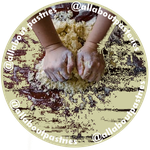
I love making bread. I haven't done it for a while due to my move to Spain and, to be perfectly frank, living on my own means I would never be able to eat all that I produced. Nevertheless, I miss the process of watching the magic of bread making.
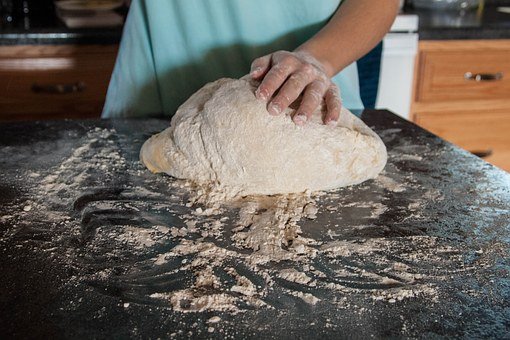
You take four basic ingredients: flour, salt, yeast, and a little bit of fat; add water, warmth and time - the result: FANTASTIC BREAD.
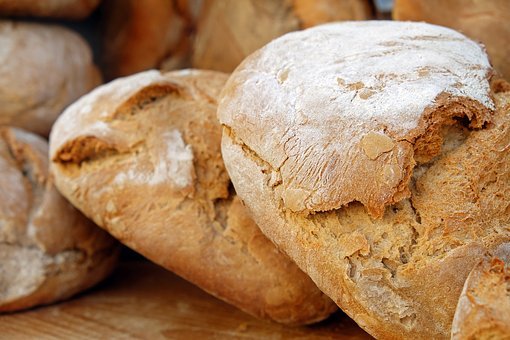
I know purists would scream at me about the fat.....No No No, but I say "each to their own". The tiny (and I mean tiny) little bit of fat, softens the texture a little making the bread less chewy. You can leave it out though it is purely 'personal taste'. I do recommend that you try it with fat included just once, you will be surprised with the difference it makes to your bread 'eating'. Your bread will not last as long, but then again, you would not expect your home made bread to last any length of time would you? So, lets discuss....
Natural Yeast Starter
There is so much rubbish spoken about Natural Yeast Starters. As a food related 'Bookaholic' (I have hundreds which I have collected over the years); I have at least eight written by 'so called' experts in traditional bread making techniques. The only one that I truly found useful gave instructions on how to build a 'black' wood burning oven. The difference between black and white is that the black oven burns the wood inside the baking cavity and is then cleaned out for use once the oven temperature is up to heat. The white oven has the heat source in a box under the baking cavity and carries on burning wood during the baking. In other words, one is 'dirty', one is 'clean'!
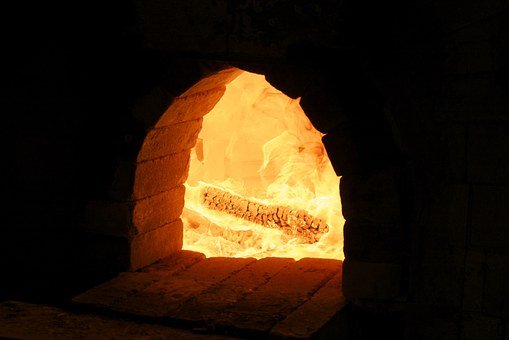
It would be fantastic to get hold of a little bit of 'starter' which is a hundred years old. Yes, this starter will have developed flavour and activity over time. Really though, only useful as an advertising gimmick. There is Natural Yeast living in the air all around us. Some of you suffer from a yeast borne infection - thrush comes to mind.W here do you think your infection came from? The same yeast spores in the air you plan to use for making your bread! Yes they are slightly different in other areas but not enough to make any difference to the flavour. You can begin your process with other flours (add a little rye flour);
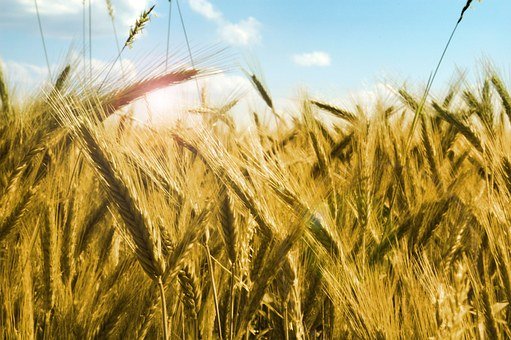
which will alter the taste of the starter a little, but not change the flavour of the yeast. Remember, people for thousands of years have been making bread wherever they lived. They did not say we must get some starter from California as that is where the best starter culture comes from! No, they used the culture they developed from the air around them to make bread, beer and wine; same yeast, same process.
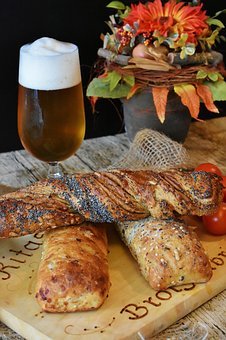
You take a little bit of flour (food), add water to make a slurry, and stand the container somewhere warm to do its thing. Within a day or so it will have risen up, collapsed down, and left you with a layer of sediment with a beige coloured liquid on top, smelling slightly of alcohol. There is no food left in your sample, the yeast is dying and bacteria are increasing. The bacteria development gives the alcohol aroma and acid flavour, the trick is to balance the bacteria/yeast which gives flavour (don't worry it does this naturally)! Give it a stir and discard 4/5ths of the mixture. Stir in flour and add more water to make your 'slurry'. Leave again in the warm place for the same thing to happen: repeat, repeat, repeat.
When your starter rises up and falls back in less than a day (I like it to be so active the first time that it rises and falls within 12 hours);I know it is an active starter then, your yeast starter is ready to use. Please, please, please take a little of your starter out before you begin to make bread with it. I as have many others, used all of my starter to make bread and only realised once the bread started baking, I had no starter for the next bread session and had to start again(scream)!
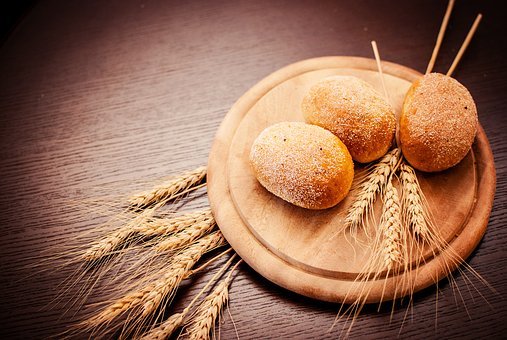
That is all there is to making a Natural Yeast Starter. I begin the process with 50g (1/2 cup/2 ozs) white bread flour. Add enough water to make a 'slurry'; (imagine rice pudding), well that thickness. Refresh with the same amount after discarding 4/5 ths of your starter. Refresh as many times as is necessary. This is not an exact science, it depends on local conditions. Here in Spain it is warm so the starter should activate quickly; in Alaska though? It could take weeks. In fact, in Alaska just used dried yeast as I doubt if you could get a Natural Yeast Starter going. Cold slows down the activity of yeast, put it in a fridge and see.
So, I begin my starter tomorrow. I will take images and post daily; please do the same. It will be interesting to compare notes (and images) daily.
Please take part in my Community Project. Place a link to your post in the comments box below if you would like your recipe to be included.
In the meantime keep 'Posting' interesting content, as all I want to do is:

and:

as well as:

As often as I can!


I would love to take part in this project but I am planning to be away for 4 days next week.....I don't want to neglect my starter so I will start when vacation is over. Thanks for the info!
Downvoting a post can decrease pending rewards and make it less visible. Common reasons:
Submit
Absolutely not problem. I will post my results daily and you can catch up when you get back. Just be aware it is damned hot in Spain at the moment. My starter will fly. I might have to fridge it for a while to hold it back! Have a great time away. X
Downvoting a post can decrease pending rewards and make it less visible. Common reasons:
Submit
Actually, thinking about it. Begin your starter just before you leave. That way you will have got the longest inactive bit out of the way for when you come back. You would be amazed how indestructible these starters are. I found a pot in the back of my fridge one day and it was a solid skin lump with just a little soft underneath. I scraped that off and added more flour and water. As soon as it began to warm up it flew!. Put yours in the warmest part of the fridge before you go, with a lid on - salad box? It will hold it back until you get home. X Ps.I do clean out my fridge but I thought it was something else. It was in a covered jam jar!
Downvoting a post can decrease pending rewards and make it less visible. Common reasons:
Submit
Great idea! I live in Eastern Canada...It never gets very warm here for long; just average temps in the summer (around 25C on the hottest days.) I last tried making a starter in the winter and it didn't do very well. We use wood heat so our house gets too cold overnight for it, I think. Hopefully, summertime will be better for it.
Downvoting a post can decrease pending rewards and make it less visible. Common reasons:
Submit
Yes it will. However, do you have an airing cupboard, or an emersion heater? A heated greenhouse would do in winter. Just somewhere that keeps the temp a little warmer than freezing! Your starter will keep working then. The older it is the more forgiving it is, and works faster. A starter used everyday is much more powerful than one that is left for a few days and refreshed for use. This is why commercial bakers produce better bread than the home maker. Their starter is used everyday. Have you bought bread from an Artisan baker on a Monday? It is never as well risen as the rest of the week. They would not have baked bread after Saturday morning. Ovens off and bakery cooled down for over 24 hours, result, less well risen bread - Interesting eh! X
Downvoting a post can decrease pending rewards and make it less visible. Common reasons:
Submit